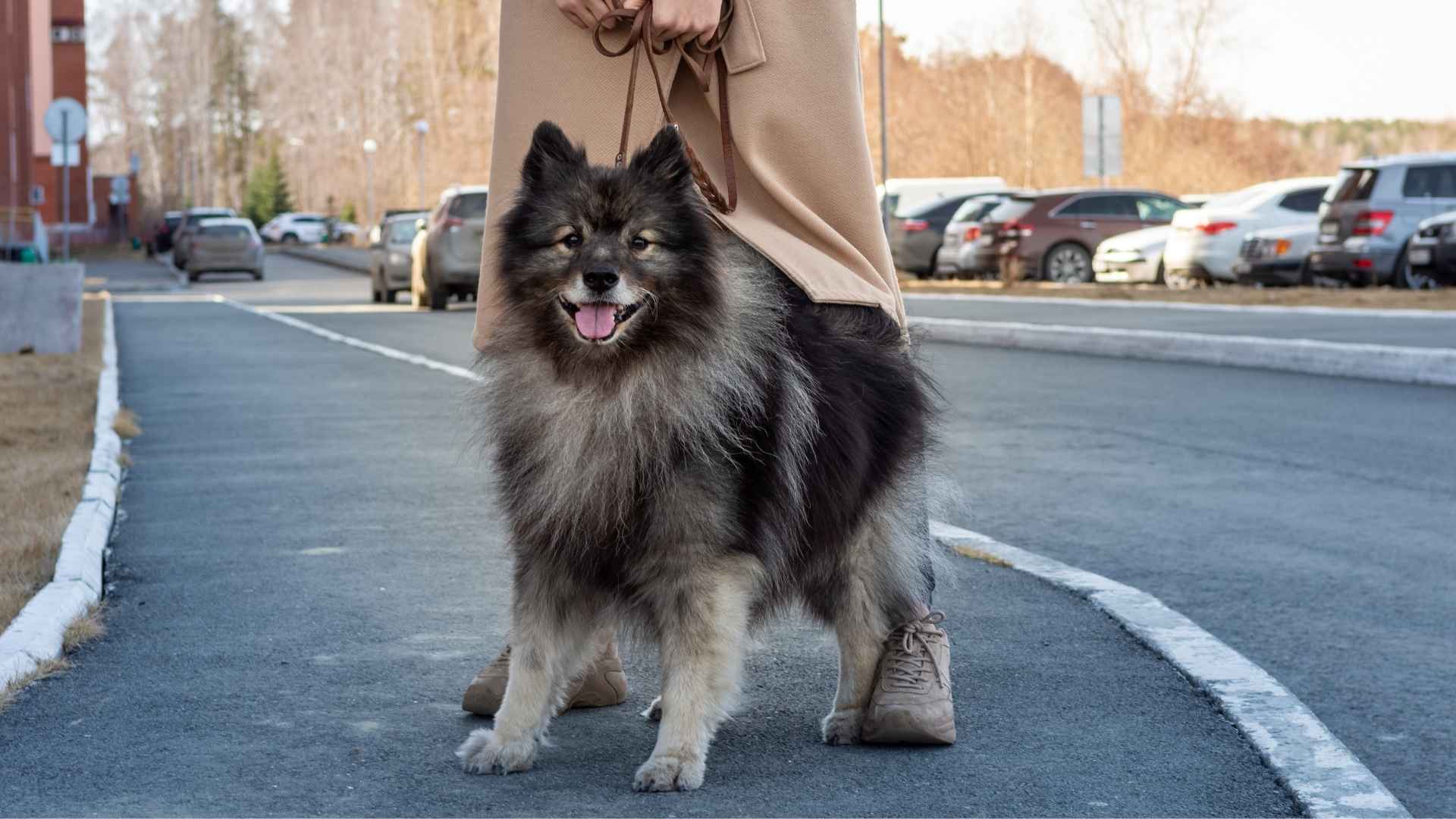When it comes to smart companions, some pups truly stand out for their quick thinking, adaptability, and eagerness to please. For centuries, humans have originally bred certain types of dogs for various tasks, from protecting livestock to assisting hunters, which has helped shape what we now recognize as the smartest dog breeds.
Coren explains that, based on several behavioral measures, a dog’s mental abilities are roughly equivalent to those of a human child between 2 and 2.5 years old, as mentioned by the American Psychological Association. Now that’s pretty amazing!
Of course, canine intelligence isn’t just about obedience—it’s also about problem solving, adaptability, and the instinct to work alongside humans. The smartest breeds tend to excel in agility and obedience sports, shine in obedience competitions, and thrive when provided with mental stimulation, such as puzzle toys.
But here’s the catch: these intelligent dogs can get bored easily, meaning consistent training and early socialization are key to keeping them happy.
In this guide, we’ll explore the smartest non-sporting dog breeds ever, which blend exceptional intelligence with charm, athleticism, and a friendly nature.
Smartest Non-Sporting Dog Breeds Ever
1. Poodle
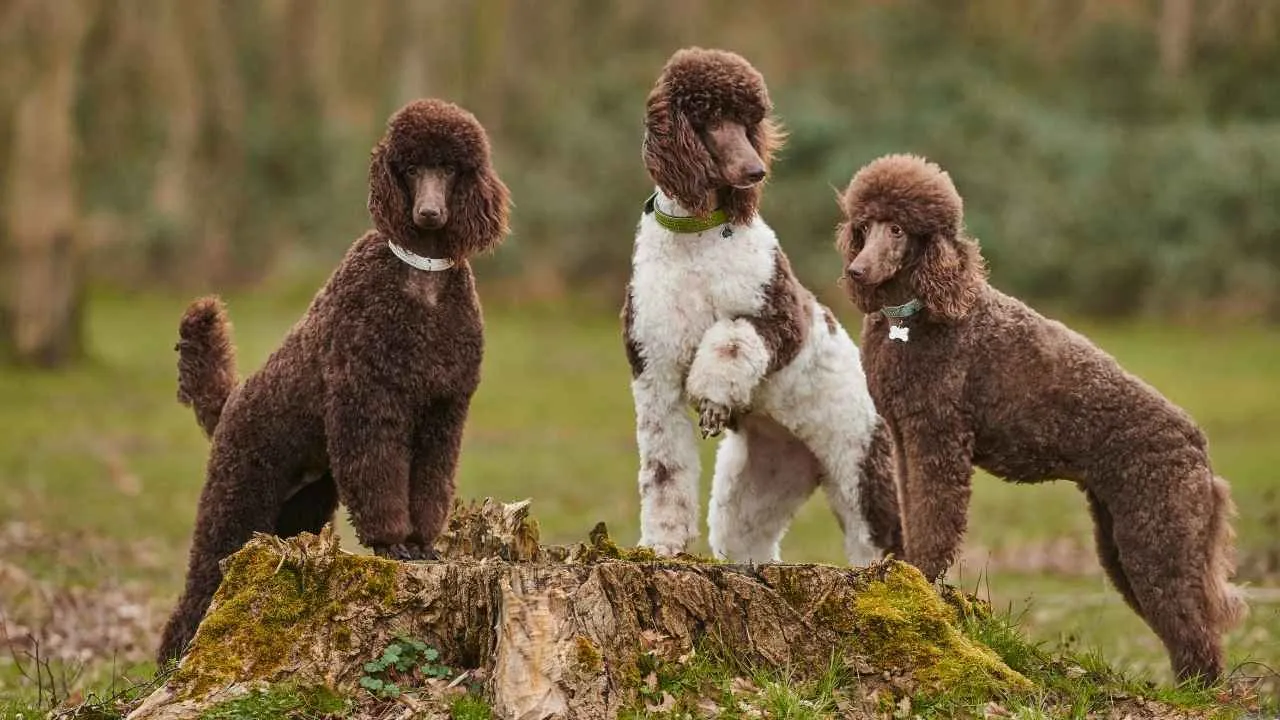
The Poodle is often regarded as a high-maintenance pet due to its curly, elegant coat. They may look fancy, but they are far from just a pretty face. Poodles score high in both emotional and cognitive intelligence. They rank second among the most intelligent dog breeds.
They are quick learners and eager to please, making them easy to train. Their alertness and problem-solving skills give them a “detective-like” quality. Poodles excel in obedience training, agility competitions, and even search and rescue. They are versatile and can take on many roles, from assistance dogs to show champions.
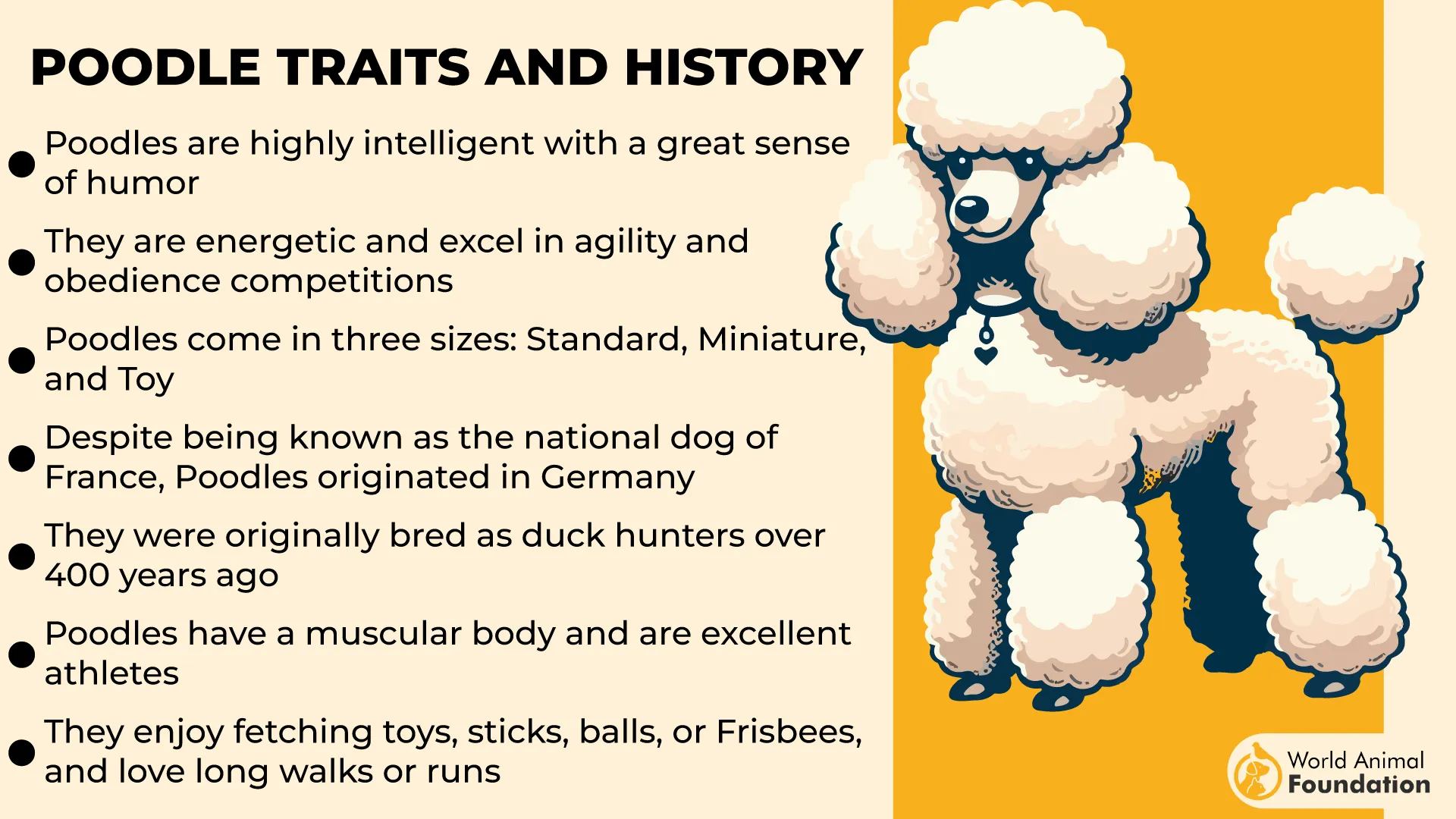
Poodles come in three sizes—Standard, Miniature, and Toy—but all share the same intelligence and energy. They were originally bred as hunting dogs, retrieving game from water. Their athletic build and natural retrieving instincts make them great at fetch and other active games.
Why They’re Smart
Adapt easily to new tasks and environments without losing focus.
Use their keen sense of observation to anticipate what owners want.
Top performers in obedience competitions for decades.
Combine sharp memory with a strong desire to work alongside humans.
Balance intelligence with a gentle demeanor, making them ideal for therapy work.
2. French Bulldog
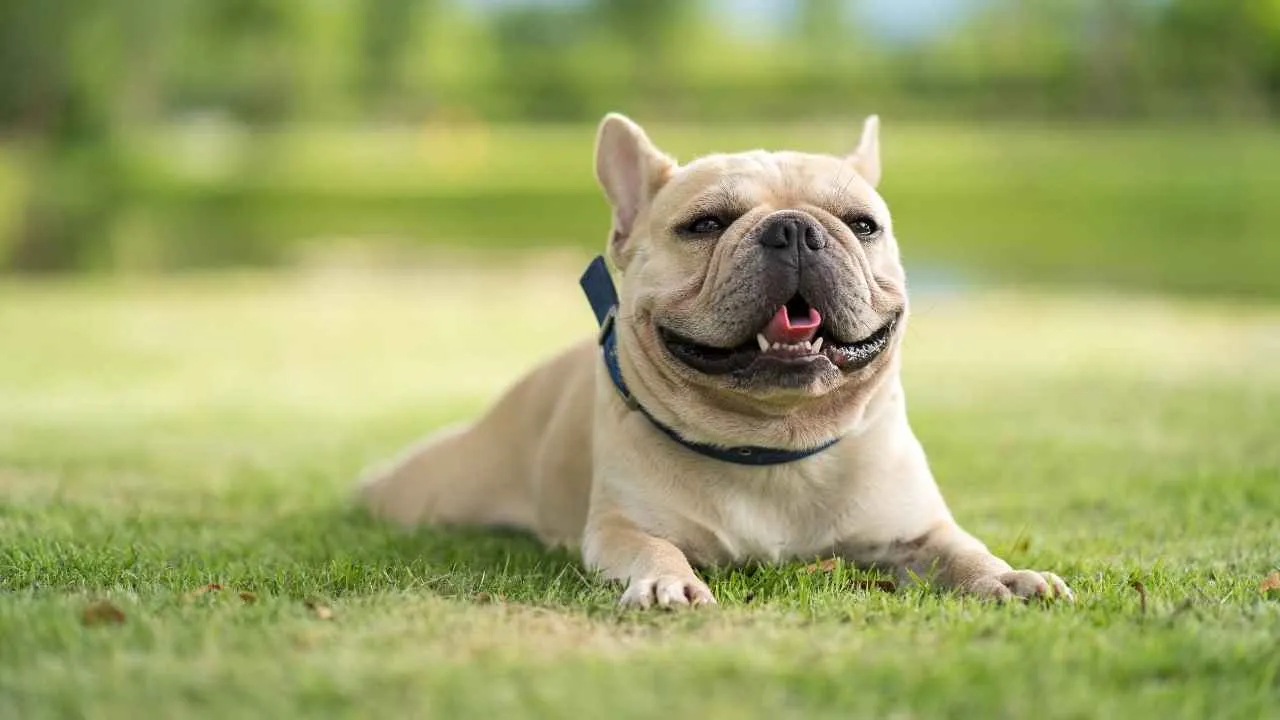
French Bulldogs may not top the list of the smartest dog breeds, but they bring charm and wit in their own way. Known for their affectionate personalities, these small dogs quickly win hearts.
They were originally bred in England as companions for lace workers before gaining fame in France. Today, their bat-like ears and alert expression make them one of the most recognizable nonsporting breeds.

Frenchies can be stubborn during obedience training, which sometimes makes them seem less clever. In reality, this independence shows a streak of unique thinking. They thrive best with consistent training and early socialization.
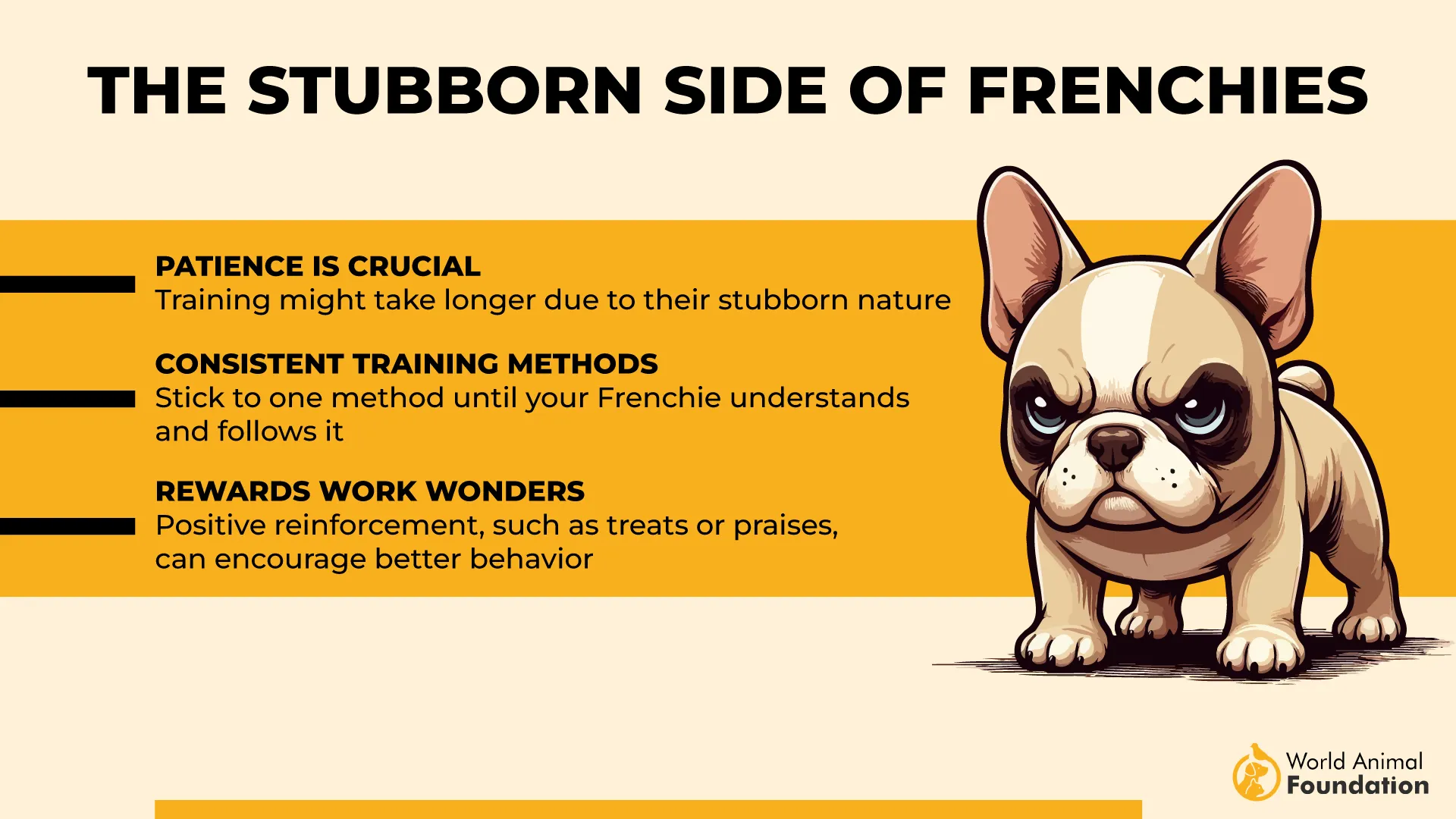
Apartment-friendly and playful, they don’t need intense exercise but enjoy short walks and interactive games. Britannica notes that extra care is necessary in warmer climates, as their short noses can make breathing difficult.
This dog breed doesn’t do well around water and must be kept safe from pools. Still, their loyalty, tender nature, and adaptability make them valued companions.
Why They’re Smart
Known for their ability to manipulate owners for treats and attention.
Display instinctive intelligence by sensing moods and offering comfort.
Use body language creatively to communicate needs without barking.
Show persistence when solving small challenges, like reaching food.
Adapt training responses based on how the reward is offered.
3. Boston Terrier
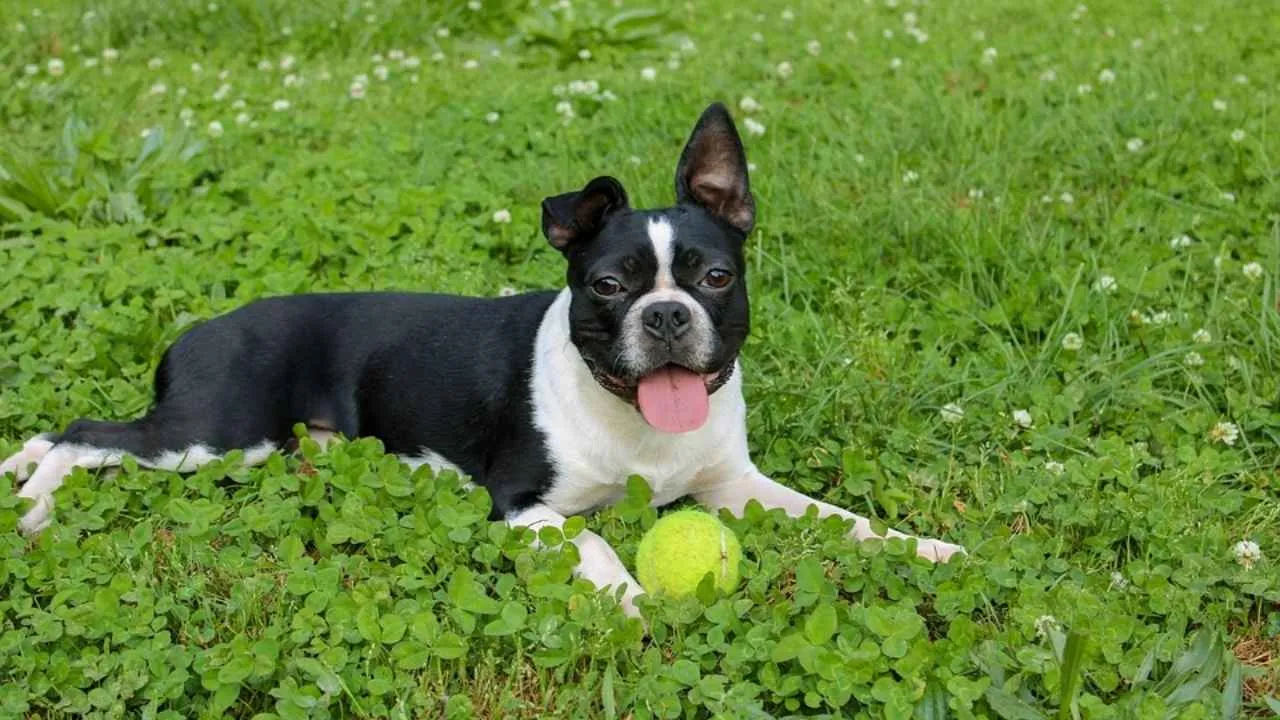
Boston Terriers are charming and compact little dogs. They are well-proportioned with square heads, short muzzles, and expressive, round eyes. Their perky ears and corkscrew tails make them instantly recognizable.
This dog breed is often described as stubborn and independent. They usually need around 20 to 25 repetitions to learn a new command and will only respond correctly on the first attempt about 50% of the time.
While slower than some energetic dogs, they still make reliable companions. Dogs learn at different speeds, and for Boston Terriers, patience and consistency are key.
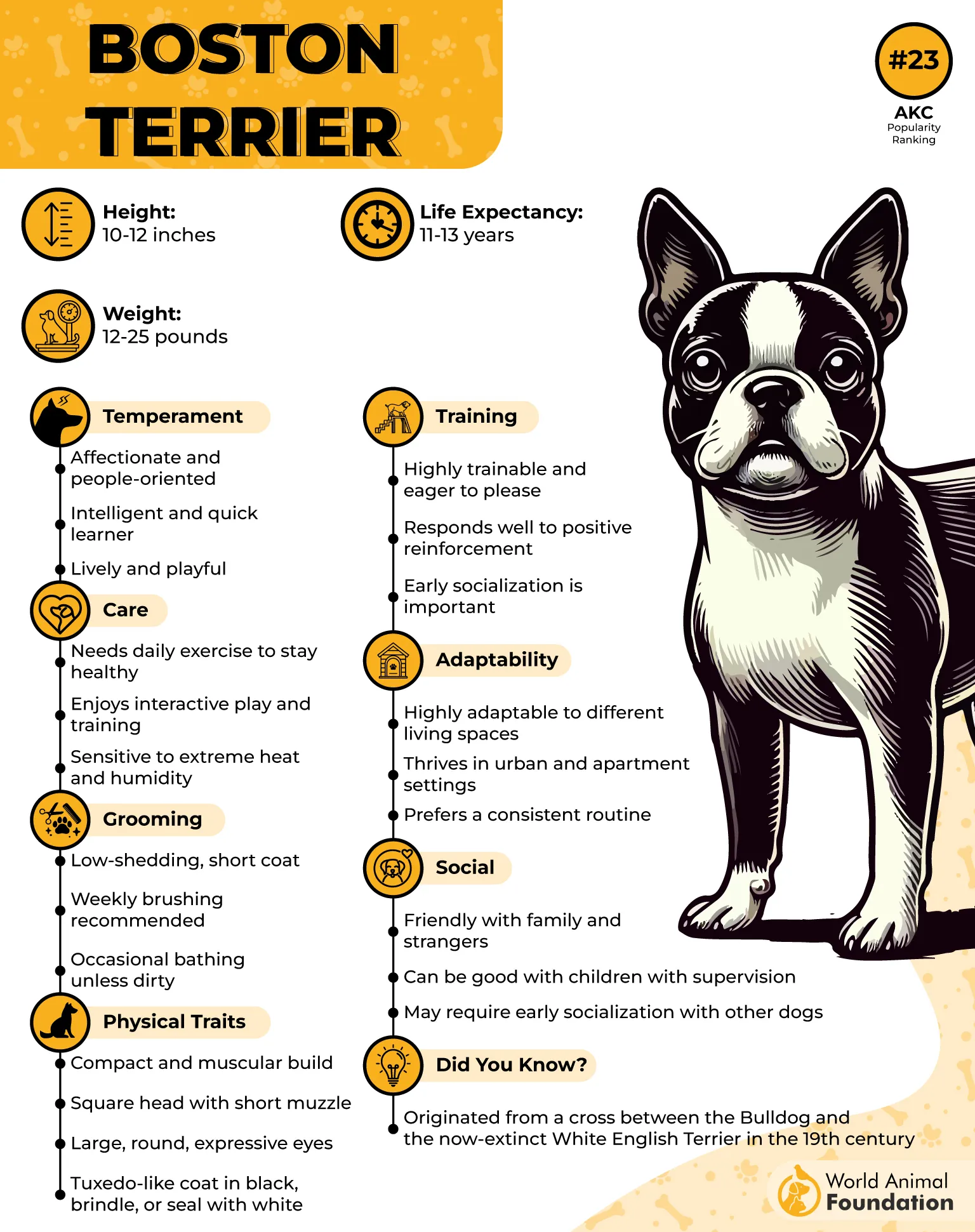
Bostons are not demanding in terms of exercise. Moderate walks or a few short games of fetch keep them happy. They may bark at the door, but most will happily greet strangers with their friendly nature.
Because they are fast movers, they should only be let off-leash in secure areas. Despite their “average” ranking, they make excellent companions for active families looking for loyal family pets.
Why They’re Smart
Adapt quickly to household routines and changes in the environment.
Use strong social awareness to bond closely with their owners.
Learn best through positive reinforcement and playful sessions.
Intelligence is shaped by various factors, including training style and consistency.
Known for reading human emotions and offering comfort when needed.
4. Bichon Frise
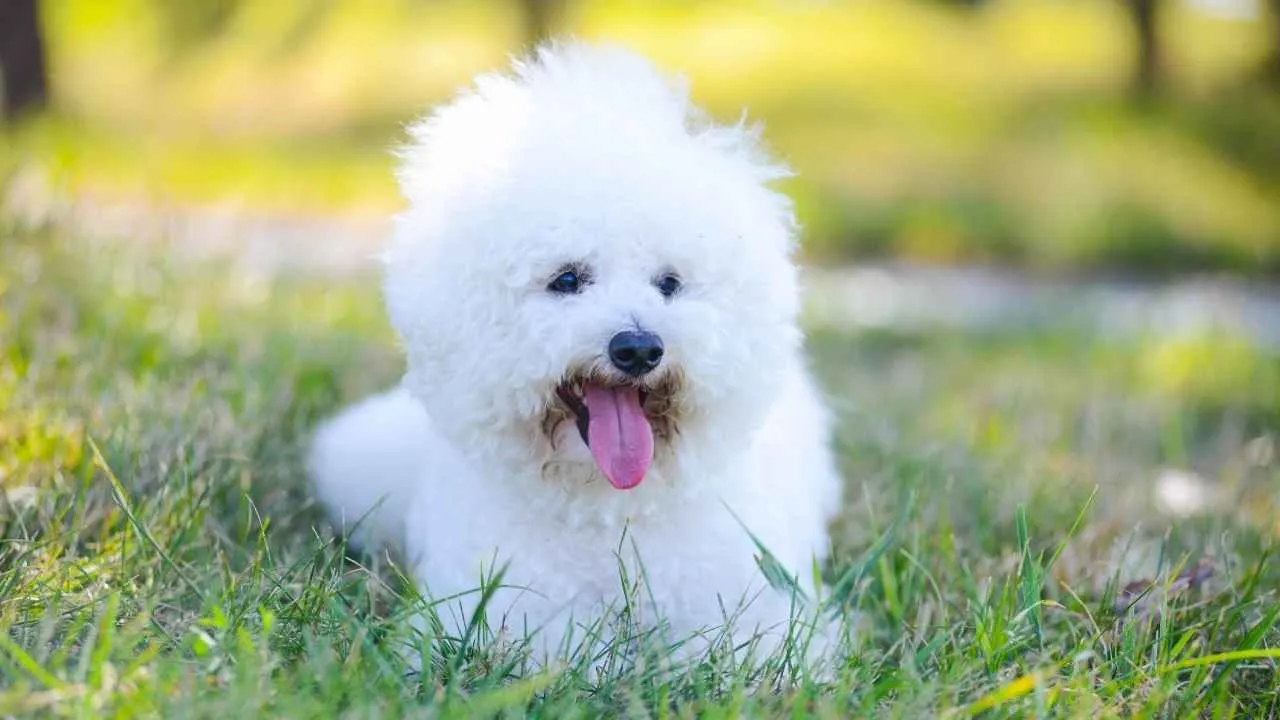
The Bichon Frise is a cheerful and confident little family dog. Known for its fluffy white coat, it is also considered hypoallergenic, making it a great choice for households with allergies. Despite its playful, toy-like appearance, the Bichon shows a good level of dog intelligence.
According to Stanley Coren’s study, the Bichon ranked 75th for working and obedience, as noted by PetsCare. This means they often need 25 to 40 repetitions to learn a new command and respond correctly about half the time.
While not among the very top learners, they balance this with strong adaptive skills and emotional awareness.
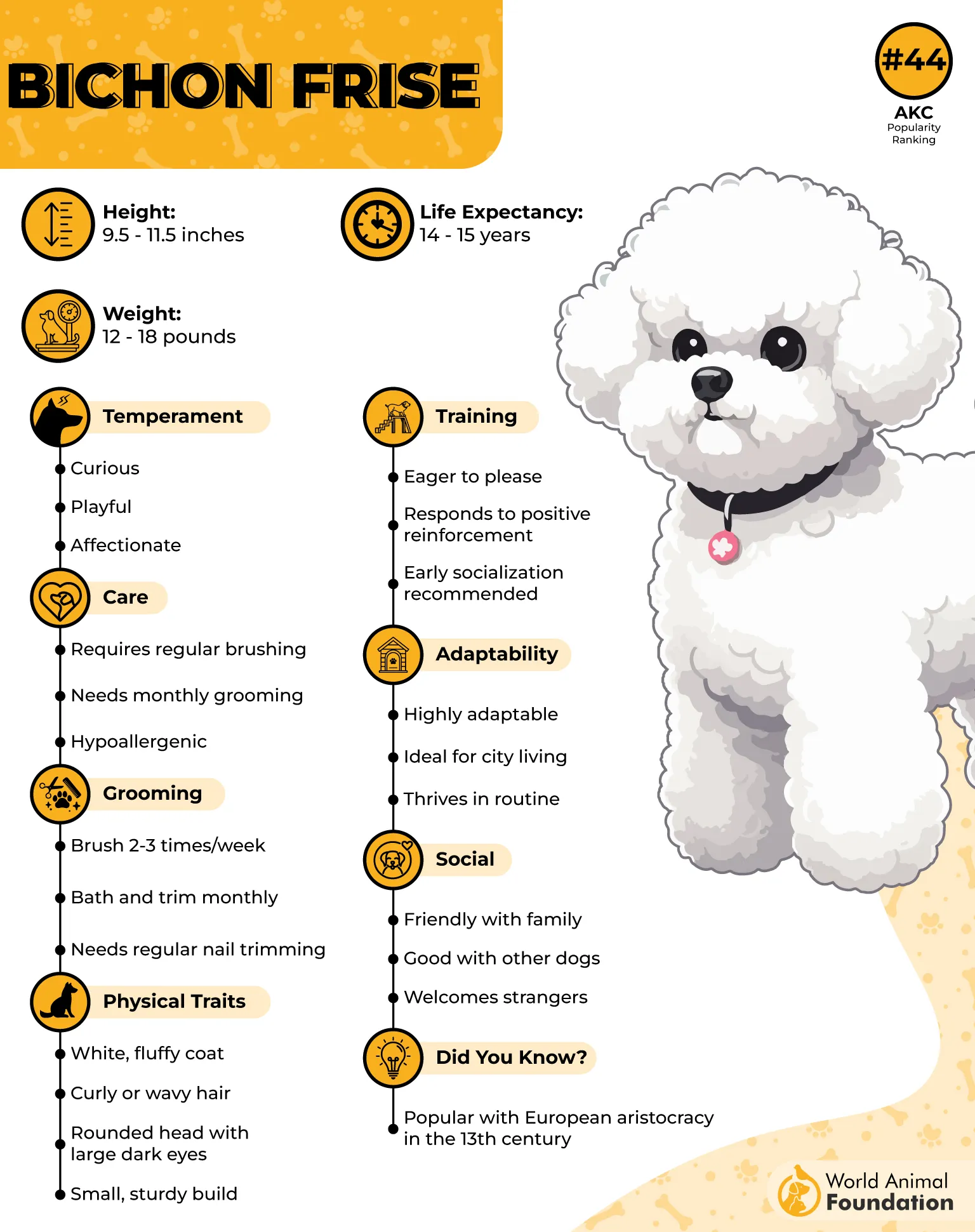
Bichons are lively and affectionate, making them wonderful companions. They enjoy games, walks, and time with their people. Give them a tennis ball or a puzzle toy, and they’ll happily stay entertained. Beyond playfulness, they are gentle enough to be considered for roles as therapy dogs and service dogs, where their caring nature shines.
Why They’re Smart
Skilled at finding creative ways to get attention and rewards.
Shows strong brain power, retaining commands even with less practice.
Use play to demonstrate clever tricks, sometimes outwitting other pets.
Sensitive to moods, often comforting family members with affection.
Can solve small challenges, like opening latches or figuring out games.
5. Schipperke
This intelligent breed was originally bred in Belgium to hunt rats and protect boats. Schipperkes also serve well as alert guard dogs. Their watchful nature, bravery, and keen senses make them protective companions.
AKC mentions that the Schipperke is often called the “little captain.” At the same time, they are affectionate and playful, making them great family pets for homes ready to keep up with their activity level.
Ranked 15th in Stanley Coren’s study, the Schipperke is considered a highly intelligent dog. Their curious and confident nature makes them quick learners. With the right guidance, they pick up new tricks and enjoy problem-solving tasks.
Despite their compact build, Schipperkes are known for boundless energy. They need space to run, play, and stay active. A fenced yard or plenty of outdoor exercise is best for them. Puzzle toys and interactive games also help keep their sharp minds busy.
Why They’re Smart
Naturally curious and eager to explore their environment.
Retain commands well once learned, showing strong memory.
Independent thinkers who can solve small challenges on their own.
Thrive when given tasks, staying busy like true working dogs.
Blend mischief with intelligence, keeping their families entertained.
6. Keeshond
The Keeshond is a medium-sized Spitz dog from the Netherlands. Known for its thick coat, curled tail, and unique “spectacles” around the eyes, it is one of the most recognizable breeds. Once a loyal barge companion, the Keeshond became a symbol of Dutch patriotism and is still admired for its alert and friendly nature.
The Keeshond shows strong learning ability and eagerness to please. They are quick to pick up lessons and respond well to training. For owners who enjoy an active lifestyle, this breed makes an excellent match.
Daily play, interactive games, or canine sports keep them sharp and happy. Keeshonds thrive when challenged with activities that stimulate their minds. They enjoy games that feel like school learning, where they can practice skills and follow commands.
This makes them strong competitors in obedience and agility events. Their affectionate nature also allows them to excel as rescue dogs and even in therapy work.
Why They’re Smart
Enjoy learning routines and new skills in structured ways.
Quick to adapt to different environments and family lifestyles.
Retain lessons easily, showing natural curiosity and focus.
Balance intelligence with warmth, making them reliable companions.
Thrive in roles where both mental and physical energy are needed.
7. Dalmatian
The Dalmatian is one of the most recognizable dogs in the world with its spotted coat and muscular build. This ancient breed is believed to date back thousands of years. They are alert, loyal, and full of energy, making them a favorite for active owners.
They can learn a new command in 15–25 tries and respond correctly about 70% of the time on the first attempt. This places them in the above-average category, showing that they are capable learners when given consistent training.
PetMD states that the Dalmatians became famous in the 1700s as fire dogs. They would run alongside horse-drawn fire carriages, barking to clear the path. They also guarded the equipment and kept the horses calm. Their history highlights their intelligence, adaptability, and loyalty.
Why They’re Smart
Strong memory helps them master commands once learned.
Natural loyalty makes them reliable protectors of people and property.
Independent thinkers who can make decisions quickly in active situations.
Excel at sports like agility, which matches their stamina and focus.
Balance intelligence with companionship, making them both workers and family pets.
Conclusion
Smart dogs come in all shapes and sizes, and each breed shows its intelligence in different ways. Some excel at quick learning and obedience, while others shine in problem-solving or emotional awareness.
What matters most is finding a dog whose personality and energy levels match your lifestyle, whether you want a playful companion, a herding breed, or an eager partner for training.
Owning one of the smartest dogs is both rewarding and challenging. Their brain power means they need stimulation, activity, and consistent guidance. With the right care, these dogs don’t just master new tricks—they become loyal, loving companions that enrich every part of family life.


